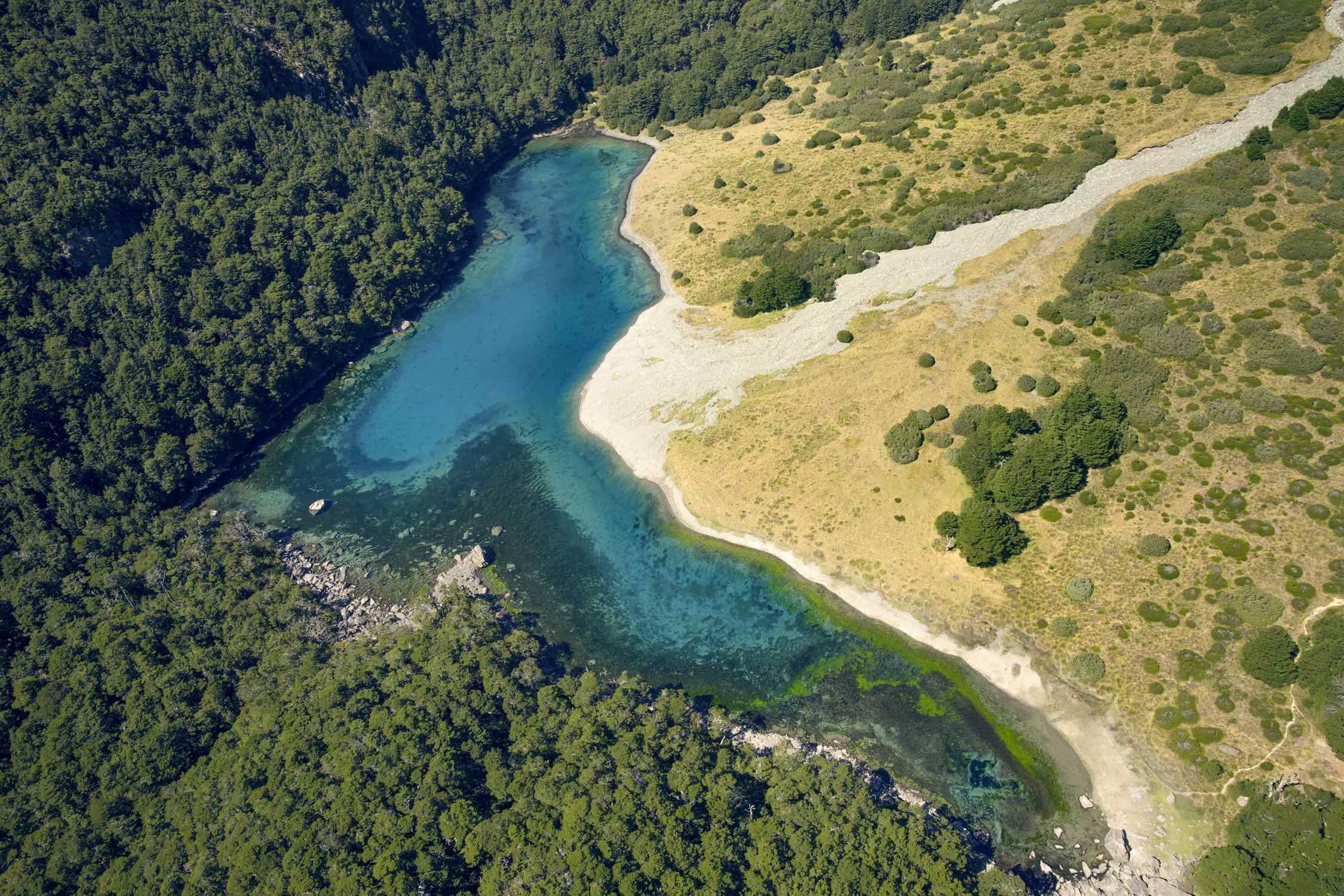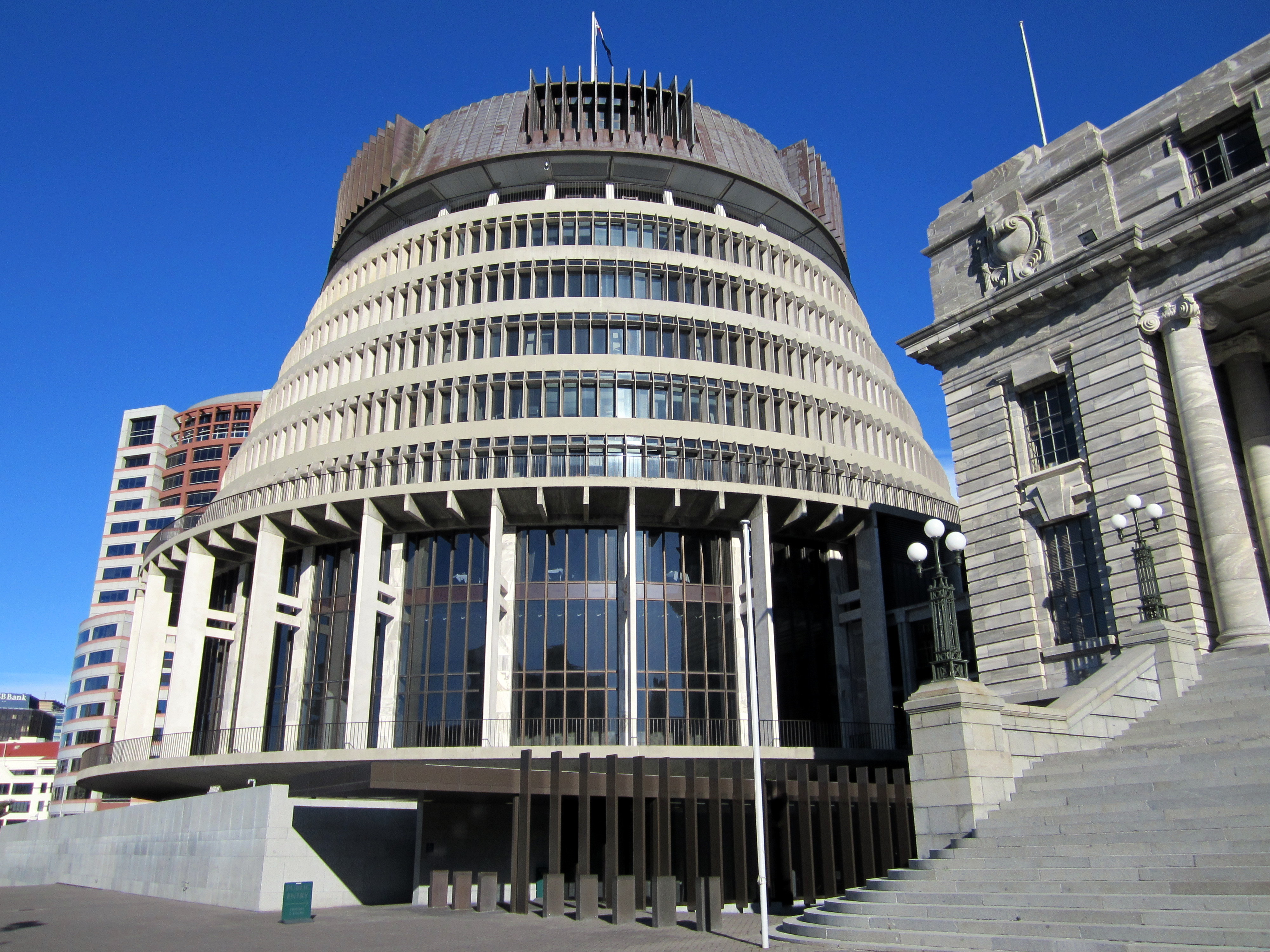|
Lake Constance (New Zealand)
{{Tasman-geo-stub ...
Rotopōhueroa / Lake Constance is an alpine lake in the South Island of New Zealand. It lies within the borders of the Nelson Lakes National Park. The lake is drained via an underground river into the nearby Blue Lake. In August 2014, the official name for Lake Constance was altered to Rotopōhueroa / Lake Constance, following the Treaty of Waitangi settlement between the Crown and Ngāti Apa ki te Rā Tō. References Constance Constance may refer to: Places *Konstanz, Germany, sometimes written as Constance in English *Constance Bay, Ottawa, Canada * Constance, Kentucky * Constance, Minnesota * Constance (Portugal) * Mount Constance, Washington State People * Consta ... [...More Info...] [...Related Items...] OR: [Wikipedia] [Google] [Baidu] |
Tasman Region
Tasman District () is a local government district in the northwest of the South Island of New Zealand. It borders the Canterbury Region, West Coast Region, Marlborough Region and Nelson City. It is administered by the Tasman District Council, a unitary authority, which sits at Richmond, with community boards serving outlying communities in Motueka and Golden Bay / Mohua. The city of Nelson has its own unitary authority separate from Tasman District, and together they comprise a single region in some contexts, but not for local government functions or resource management (planning) functions. Name Tasman Bay, the largest indentation in the north coast of the South Island, was named after Dutch seafarer, explorer and merchant Abel Tasman. He was the first European to discover New Zealand on 13 December 1642 while on an expedition for the Dutch East India Company. Tasman Bay passed the name on to the adjoining district, which was formed in 1989 largely from the merger of Waimea and ... [...More Info...] [...Related Items...] OR: [Wikipedia] [Google] [Baidu] |
South Island
The South Island, also officially named , is the larger of the two major islands of New Zealand in surface area, the other being the smaller but more populous North Island. It is bordered to the north by Cook Strait, to the west by the Tasman Sea, and to the south and east by the Pacific Ocean. The South Island covers , making it the world's 12th-largest island. At low altitude, it has an oceanic climate. The South Island is shaped by the Southern Alps which run along it from north to south. They include New Zealand's highest peak, Aoraki / Mount Cook at . The high Kaikōura Ranges lie to the northeast. The east side of the island is home to the Canterbury Plains while the West Coast is famous for its rough coastlines such as Fiordland, a very high proportion of native bush and national parks, and the Fox and Franz Josef Glaciers. The main centres are Christchurch and Dunedin. The economy relies on agriculture and fishing, tourism, and general manufacturing and services. ... [...More Info...] [...Related Items...] OR: [Wikipedia] [Google] [Baidu] |
Lake
A lake is an area filled with water, localized in a basin, surrounded by land, and distinct from any river or other outlet that serves to feed or drain the lake. Lakes lie on land and are not part of the ocean, although, like the much larger oceans, they do form part of the Earth's water cycle. Lakes are distinct from lagoons, which are generally coastal parts of the ocean. Lakes are typically larger and deeper than ponds, which also lie on land, though there are no official or scientific definitions. Lakes can be contrasted with rivers or streams, which usually flow in a channel on land. Most lakes are fed and drained by rivers and streams. Natural lakes are generally found in mountainous areas, rift zones, and areas with ongoing glaciation. Other lakes are found in endorheic basins or along the courses of mature rivers, where a river channel has widened into a basin. Some parts of the world have many lakes formed by the chaotic drainage patterns left over from the la ... [...More Info...] [...Related Items...] OR: [Wikipedia] [Google] [Baidu] |
New Zealand
New Zealand ( mi, Aotearoa ) is an island country in the southwestern Pacific Ocean. It consists of two main landmasses—the North Island () and the South Island ()—and over 700 smaller islands. It is the sixth-largest island country by area, covering . New Zealand is about east of Australia across the Tasman Sea and south of the islands of New Caledonia, Fiji, and Tonga. The country's varied topography and sharp mountain peaks, including the Southern Alps, owe much to tectonic uplift and volcanic eruptions. New Zealand's capital city is Wellington, and its most populous city is Auckland. The islands of New Zealand were the last large habitable land to be settled by humans. Between about 1280 and 1350, Polynesians began to settle in the islands and then developed a distinctive Māori culture. In 1642, the Dutch explorer Abel Tasman became the first European to sight and record New Zealand. In 1840, representatives of the United Kingdom and Māori chiefs ... [...More Info...] [...Related Items...] OR: [Wikipedia] [Google] [Baidu] |
Nelson Lakes National Park
Nelson Lakes National Park is in the South Island of New Zealand, at the northern end of the Southern Alps. It was formed after the passing of the National Parks Act in 1952. It was created in 1956 (one of four created in the 1950s). The park contains beech forests, multiple lakes, snow-covered mountains and valleys created by glaciers during the ice ages. Geography Nelson Lakes National Park covers some . The park is centered at two large lakes, Rotoiti and Rotoroa. The park also includes the surrounding valleys (including Travers, Sabine, D'Urville and the upper reaches of the Matakitaki). Mountain ranges include the Ella Range (Mount Magadalene (2187m) and Mount Ella (2253m)), Mahanga Range, Spencer Mountains, Travers Range (which includes Mount Hopeless (2278m), Angelus Peak (2075m) and Mount Robert (1411m)) and the Saint Arnaud Range (including Mount McKay (2300m), the Camel (1889m) and Mount McRae (1878m)). To the west of the park lies the Victoria Forest Park a ... [...More Info...] [...Related Items...] OR: [Wikipedia] [Google] [Baidu] |
Blue Lake (Tasman)
Rotomairewhenua / Blue Lake is a small lake in Nelson Lakes National Park, in the northern reaches of New Zealand's Southern Alps. Sacred to local Māori, it has the clearest natural fresh water in the world. Description The Blue Lake is drained by the west branch of the Sabine River, which is part of the Buller River system. It is fed by a short upper segment of the Sabine, which in turn is fed by underground seepage through the landslide debris impounding the much larger Lake Constance. Blue Lake is roughly boomerang shaped, running north then northwest, with each arm of the lake stretching some . Its waters are cold, ranging from . Clarity The lake has extremely clear water, and is the clearest natural body of fresh water yet reported. A 2011 study found its visibility ranged from , clearer than the measured for Te Waikoropupu Springs, a previous record holder. For comparison, laboratory measurements show distilled water has a visibility of approximately . Scientists attrib ... [...More Info...] [...Related Items...] OR: [Wikipedia] [Google] [Baidu] |
Treaty Of Waitangi Claims And Settlements
Claims and settlements under the Treaty of Waitangi have been a significant feature of New Zealand politics since the Treaty of Waitangi Act 1975 and the Waitangi Tribunal that was established by that act to hear claims. Successive governments have increasingly provided formal legal and political opportunity for Māori to seek redress for what are seen as breaches by the Crown of guarantees set out in the Treaty of Waitangi. While it has resulted in putting to rest a number of significant longstanding grievances, the process has been subject to criticisms including those who believe that the redress is insufficient to compensate for Māori losses. The settlements are typically seen as part of a broader Māori Renaissance. The Waitangi Tribunal was set up as the primary means of registering and researching claims because the Treaty of Waitangi itself has little legal standing. The primary means of settling those claims is through direct negotiations with the government of the day. ... [...More Info...] [...Related Items...] OR: [Wikipedia] [Google] [Baidu] |
Government Of New Zealand
, background_color = #012169 , image = New Zealand Government wordmark.svg , image_size=250px , date_established = , country = New Zealand , leader_title = Prime Minister Jacinda Ardern , appointed = Governor-General , main_organ = , ministries = 32 ministries and departments , responsible = House of Representatives , budget = 119.3 billion (2018–19) , address = The Beehive and other locations across Wellington , url = The New Zealand Government ( mi, Te Kāwanatanga o Aotearoa) is the central government through which political authority is exercised in New Zealand. As in most other parliamentary democracies, the term "Government" refers chiefly to the executive branch, and more specifically to the collective ministry directing the executive. Based on the principle of responsible government, it operates within the framework that "the Queen reigns, but the government rules, so long as it has the support of the House of Representatives".Sir Kenneth Keith, qu ... [...More Info...] [...Related Items...] OR: [Wikipedia] [Google] [Baidu] |
Ngāti Apa Ki Te Rā Tō
Ngāti Apa ki te Rā Tō is a Māori iwi (tribe) in the upper South Island of New Zealand. Its rohe (tribal lands) include the areas around Golden Bay, Tākaka, Tasman Bay / Te Tai-o-Aorere, Motueka, Nelson and Saint Arnaud, including Taitapu and Kawatiri River catchments and Lakes Rotoiti, Rotoroa, and the Tophouse. Hapū and marae Ngāti Apa ki te Rā Tō has two hapū with affiliated marae: * Pūaha Te Rangi (Te Taha o Te Awa marae and Te Taha o te Awa wharenui, Westport) * Tarakaipa (Ōmaka marae and Te Aroha o te Waipounamu wharenui, Blenheim) Governance Ngāti Apa ki Te Rā Tō Charitable Trust is the mandated iwi organisation under the Māori Fisheries Act, the iwi aquaculture organisation under the Māori Commercial Aquaculture Claims Settlement Act, is a Tūhono organisation, and is an "iwi authority" under the Resource Management Act 1991. Ngāti Apa ki Te Rā Tō Trust is recognised by the New Zealand Government as the Ngāti Apa ki te Rā Tō governance enti ... [...More Info...] [...Related Items...] OR: [Wikipedia] [Google] [Baidu] |





